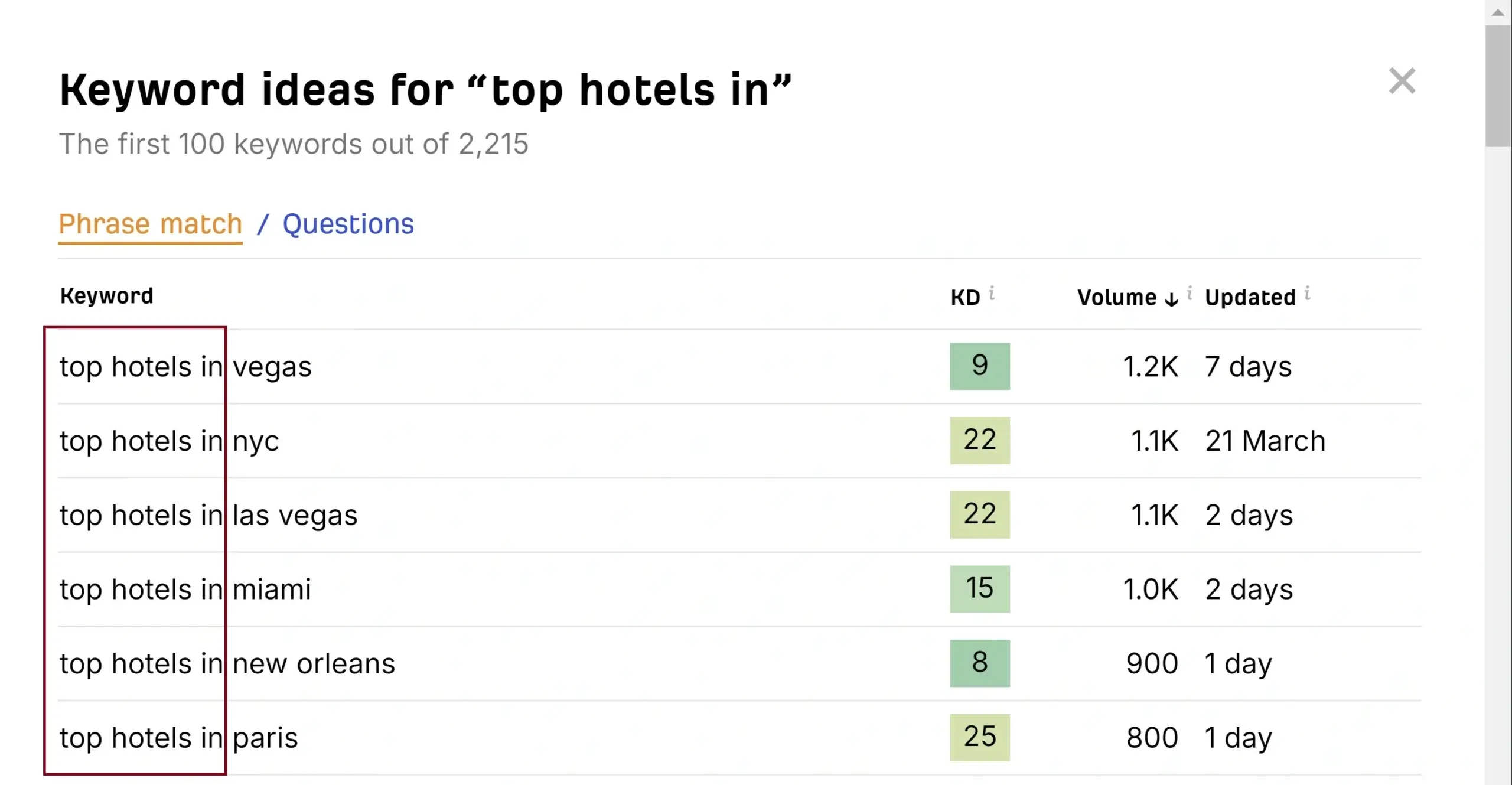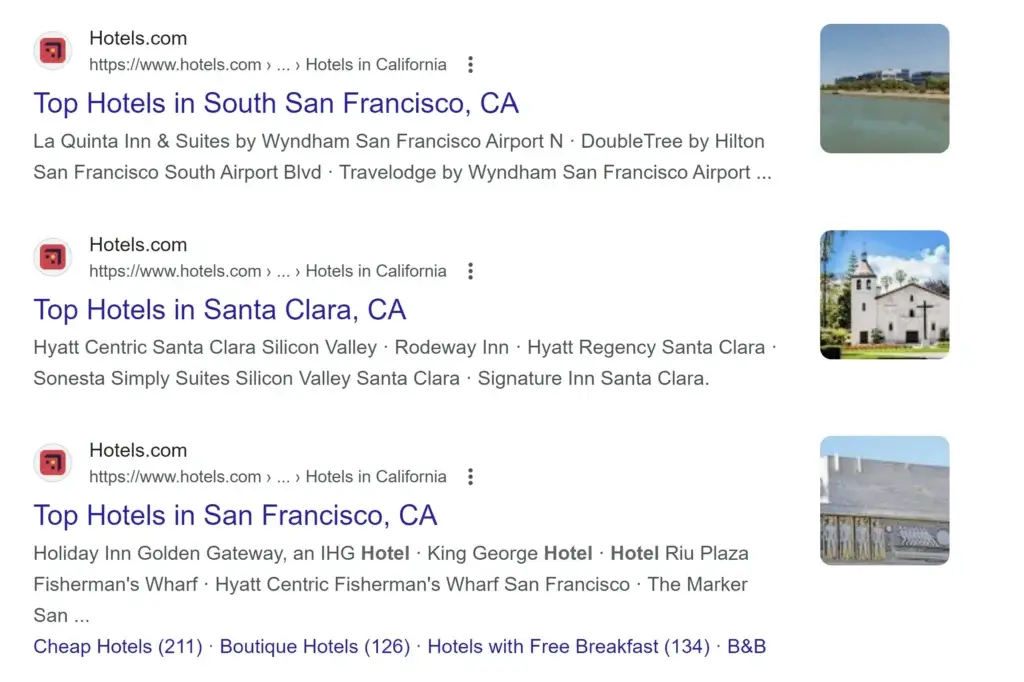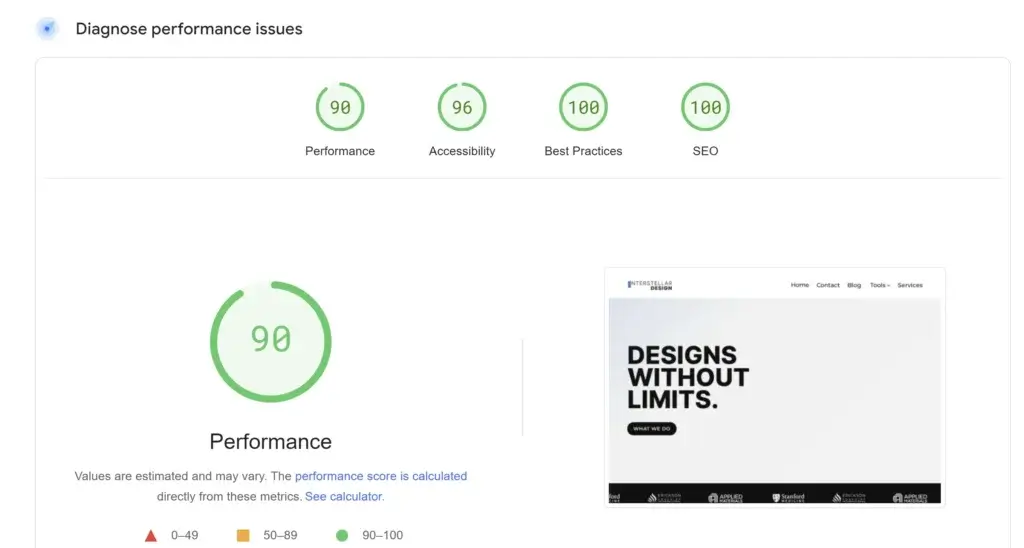Imagine you have a Swiss Army knife in the world of digital marketing; Programmatic SEO is that tool, offering unparalleled precision and scalability in your SEO efforts.
This isn’t just about playing the game; it’s about changing how the game is played. We’ll embark on a journey through the ins and outs of Programmatic SEO, examining its mechanisms, applications, and the toolkit you need to implement it effectively on platforms like Webflow and WordPress. So buckle up—your roadmap to mastering the digital domain awaits.

What Is Programmatic SEO?
Programmatic SEO is all about optimizing for a main keyword and its related long-tail keywords using automation.
It’s like building a framework with code and then filling it up with content, which is often automatically generated. It’s a smart, efficient way to do SEO, especially for those who love diving into the technical side.
Choosing the Right Keyword:
Start by picking a keyword central to your niche. The goal? Find a keyword with low competition (Keyword Difficulty under 25) and decent search volume (over 500 monthly searches in one country).
Tools like Ahref’s free keyword generator can help identify this. Alongside, gather at least 20 long-tail keywords, focusing on phrases which have high search potential but low difficulty.

Creating Your Webpages:
Aim to create a dedicated page for each long-tail keyword.
Use a standardized HTML template (or “skeleton”) for these pages, filling in specific details like top hotels names, prices, and ratings for each city. Prioritize providing valuable, user-friendly content.

Filling Pages with Quality Content:
Collect detailed information on each city and top hotels, such as names, prices, and reviews, possibly utilizing resources like the Google Maps API. Investing in data collection, whether through outsourcing or automation, enriches your site’s value.
SEO Optimization:
- Ensure ach page is SEO-friendly with the long-tail keyword in the title and H1 tags
- optimized image alt texts, and efficient loading.
- Avoid keyword stuffing, aiming instead for a natural, user-centric approach.
Tools like Google’s page speed insights can help audit and improve page performance.

Example programmatic SEO categories
- Locations (e.g. Tripadvisor)
- Top 10’s (e.g. DelightChat)
- Unique data (e.g. Snyk)
- Integrations (e.g. Zapier)
- Comparisons (e.g. G2)
- Templates (e.g. Airtable)
Gaining Visibility on Google:
To start ranking, you’ll need about 10 backlinks. Initiatives like launching on Product Hunt can provide a valuable follow link. Consider buying backlinks or listing in directories for an extra boost. Don’t forget to submit your site to Google Search Console for faster indexing.
By focusing on specific, actionable steps, this approach simplifies the journey towards leveraging programmatic SEO for traffic growth without getting lost in the details.
In:







